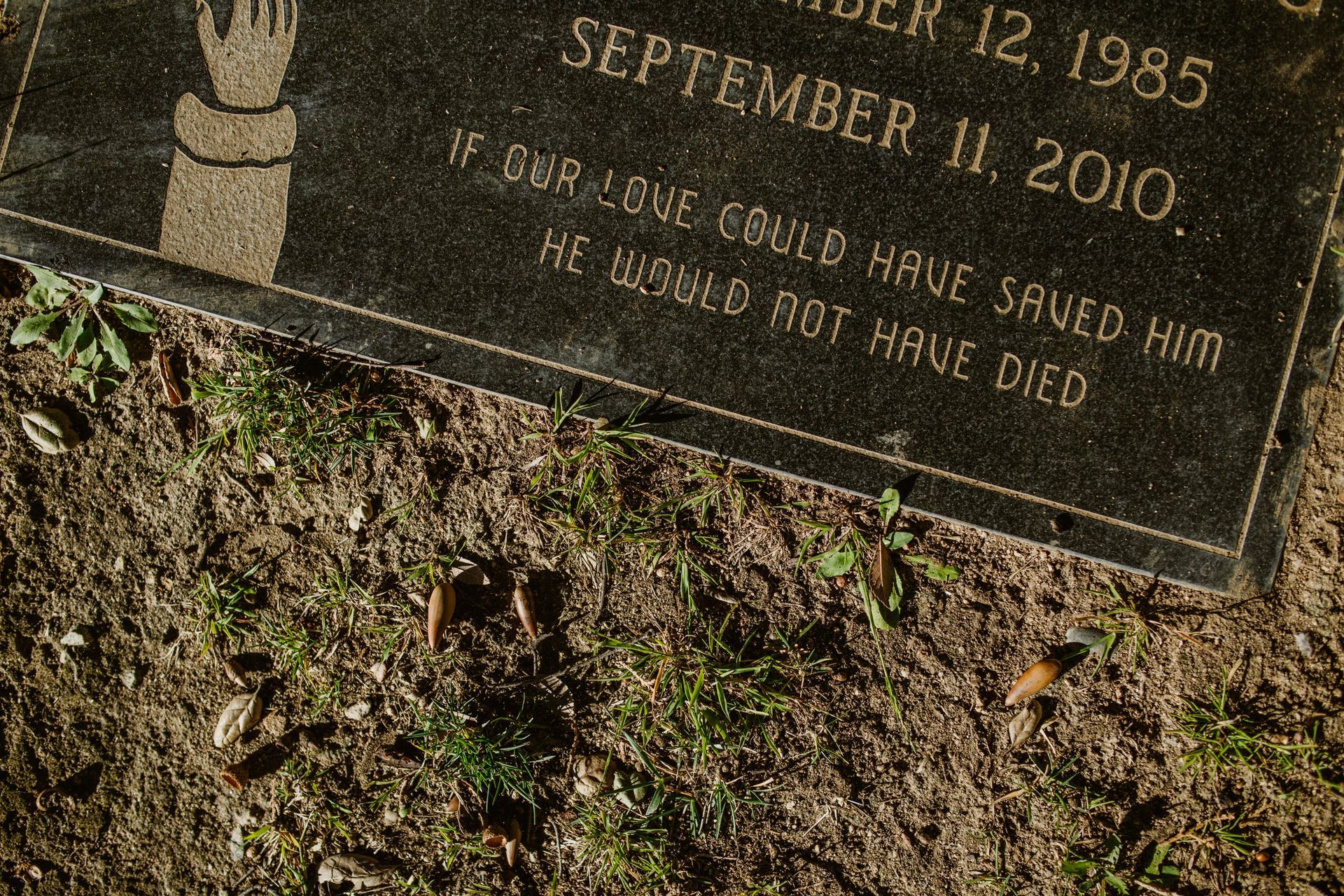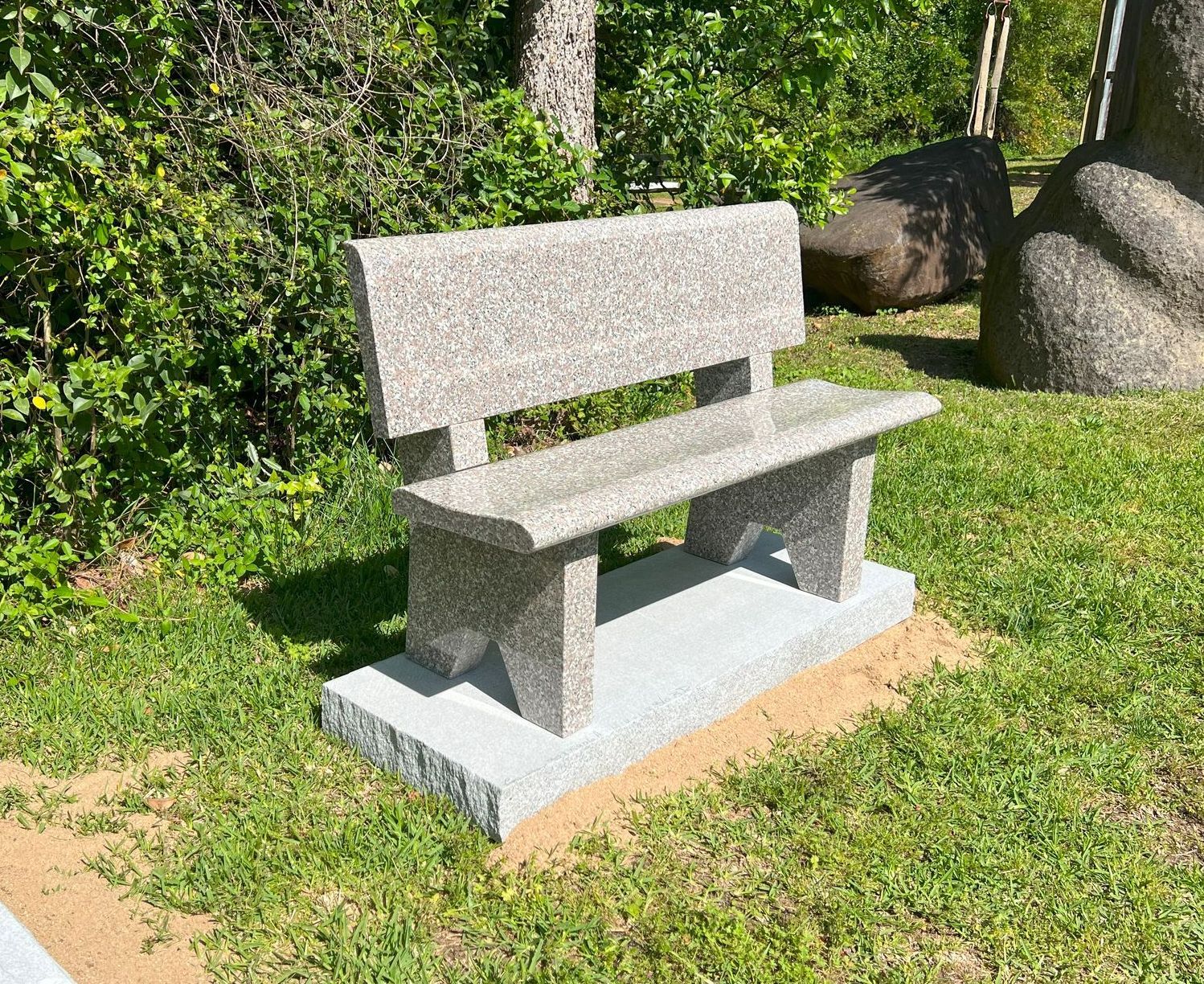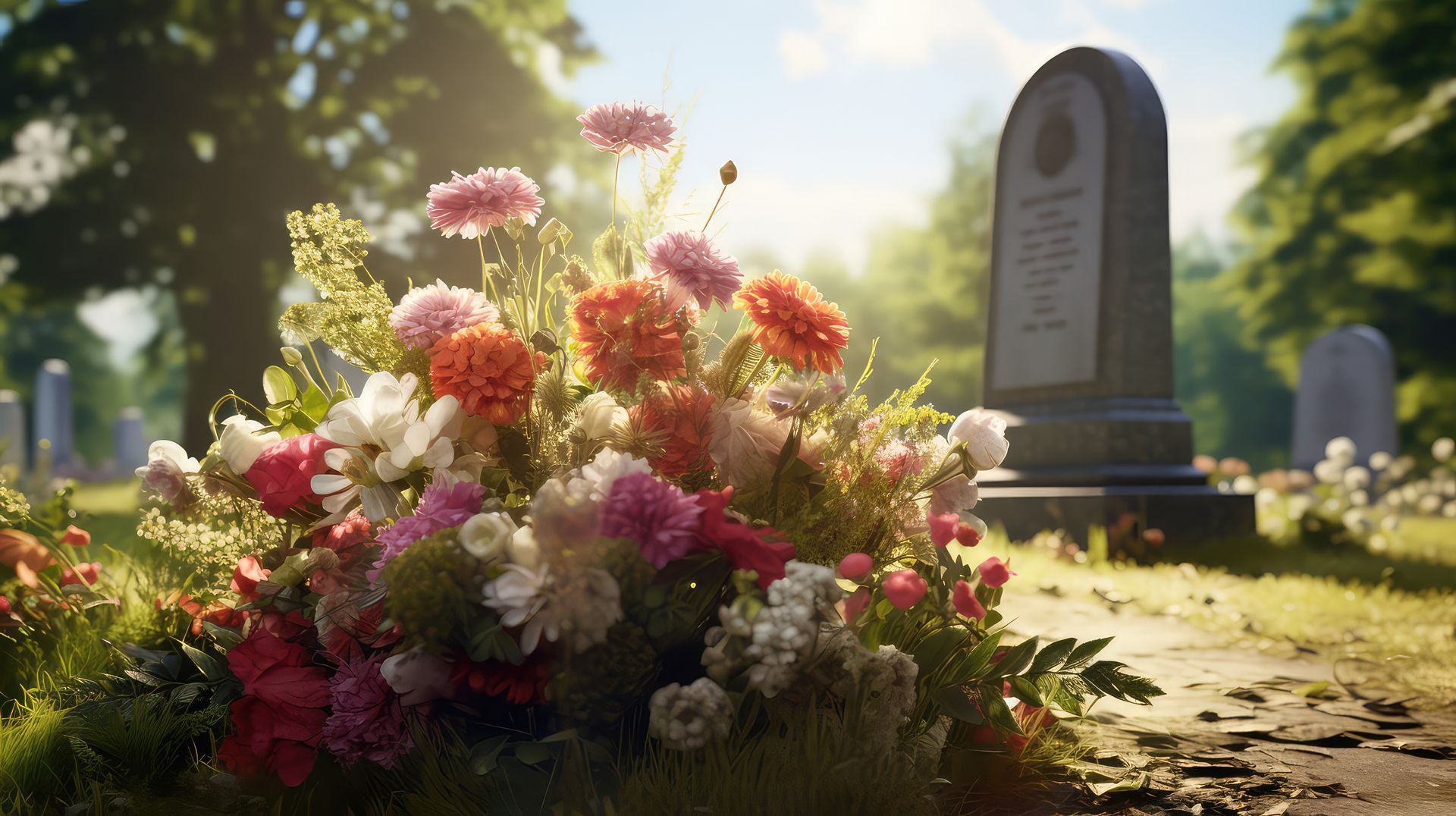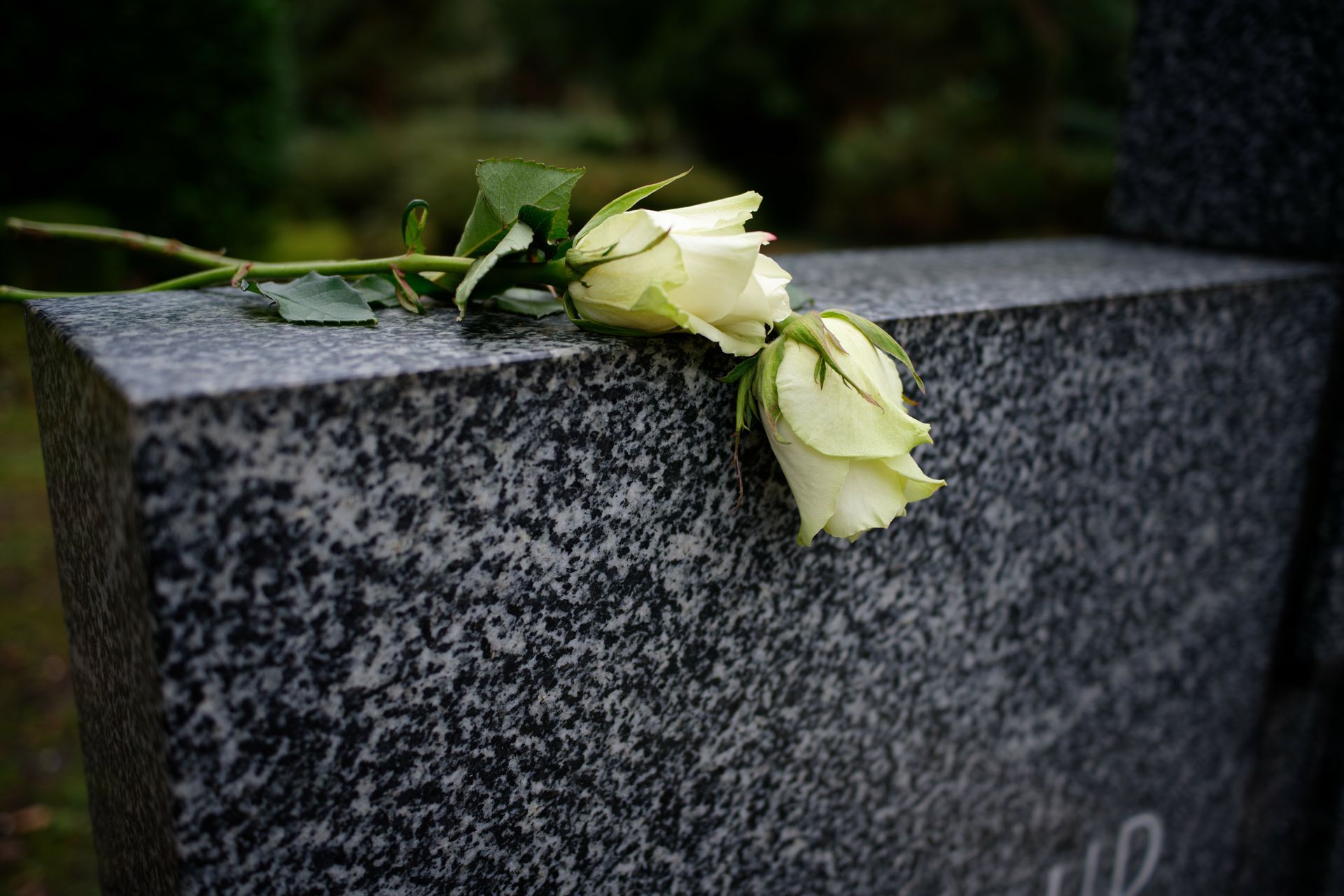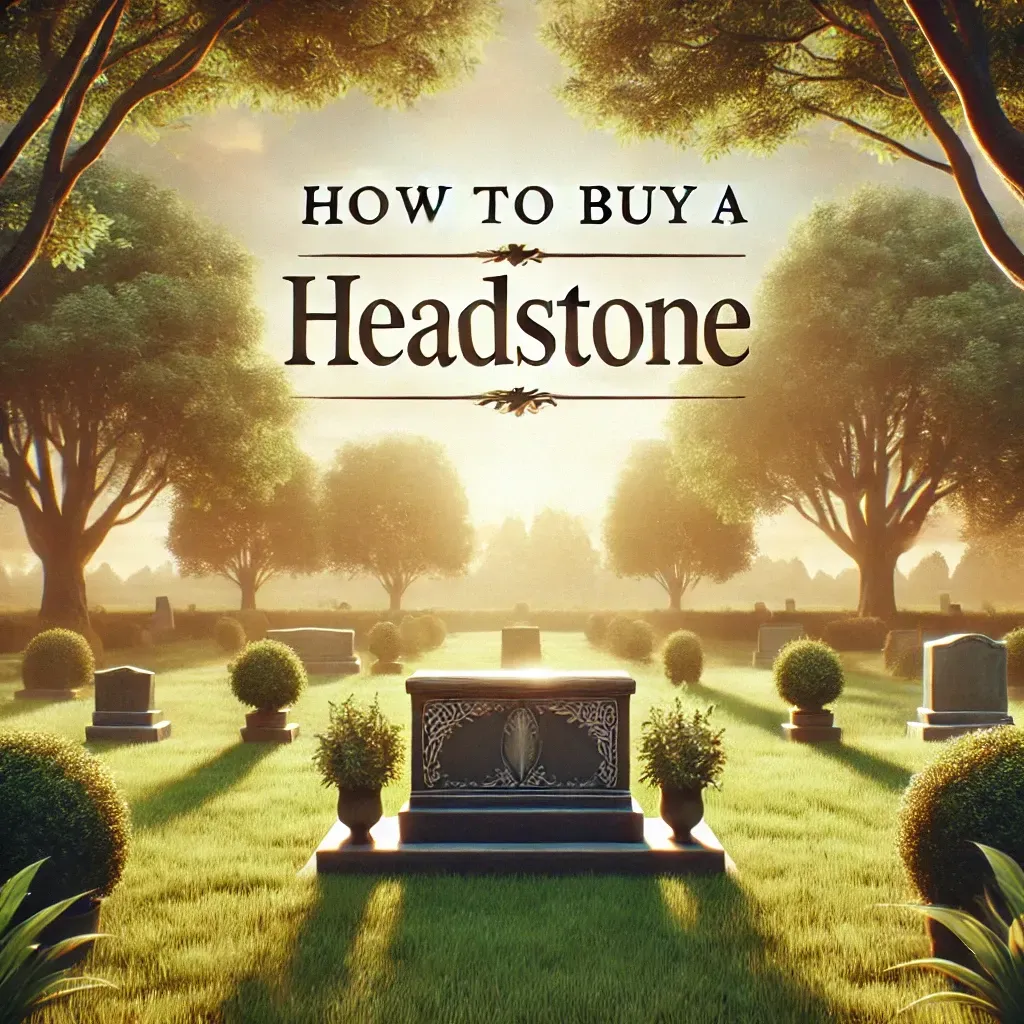How The Mexican Culture Remembers Loved Ones
Death is a universal experience across the globe, but the way we remember and honor our loved ones varies significantly across cultures. In Mexico, a tradition known as Dia de los Muertos (Day of the Dead) stands out as a testament to the bond between the living and the dead. This colorful and meaningful celebration is a joyful commemoration of life and death.
In this article, we will dive into the significance of Dia de los Muertos and the customs, symbols, and practices that make it a unique and cherished tradition in Mexican culture.
A Celebration of Life and Death
Dia de los Muertos is a Mexican holiday celebrated from October 31st to November 2nd. It coincides with the Catholic holidays of All Saints' Day (November 1st) and All Souls' Day (November 2nd), creating a fusion of indigenous Mesoamerican and Catholic traditions. Unlike many cultures, where death is associated with sorrow and grief, the Mexican approach to Dia de los Muertos is a celebration of life and death.
Ofrendas (Altars)
The heart of Dia de los Muertos lies in the creation of elaborate ofrendas, or altars, dedicated to the memory of departed loved ones. These altars are decorated with symbolic items and offerings that hold special significance. Each element is carefully chosen to commemorate the deceased, and the ofrenda is a focal point for families during the celebration.
- Photographs: Pictures of the departed are displayed on the ofrenda to ensure their memory lives on. These images help family members connect with their loved ones on a spiritual level.
- Candles and Incense: Lit candles and incense guide the spirits back to the realm of the living. The warm, flickering light represents the hope of reuniting with the souls of the departed.
- Marigolds: Marigolds, or "cempasúchil," are known as the "flower of the dead." They are believed to guide the spirits to the ofrenda with their vibrant color and distinctive scent.
- Calaveras (Sugar Skulls): Sugar skulls are a recognizable symbol of Dia de los Muertos. These sweet treats are often inscribed with the names of the deceased and serve as a reminder of the fleeting nature of life.
- Pan de Muerto: This special bread, adorned with bone-shaped dough, is baked for the occasion and placed on the ofrenda as a delicious offering to the departed.
- Favorite Foods and Drinks: The ofrenda also features the favorite foods and beverages of the deceased, as it is believed that their spirits return to partake in the aroma and essence of these offerings.
La Calavera Catrina
One of the most iconic symbols of Dia de los Muertos is "La Calavera Catrina," which is a skeleton figure that is dressed as a woman. This image, created by artist José Guadalupe Posada in the early 20th century, is a reminder that death is an inherent part of life. La Calavera Catrina emphasizes that death is not to be feared but embraced as a natural part of the human experience.
Papel Picado
Papel Picado, intricately cut tissue paper, is another prominent feature of Dia de los Muertos. These colorful banners are often hung as decorations during the celebration on ofrendas and in public spaces. The cut-out designs include images of skulls, flowers, and other festive motifs, adding a joyful and artistic element to the festivities.
Cemetery Visits
During Dia de los Muertos, families visit the graves of their loved ones to clean and decorate them. Cemeteries come to life with vibrant colors, flowers, candles, and music as people gather to remember and celebrate the lives of those who have passed. During this time, people share stories and memories while being close to their loved ones.
Marigold Petals
A unique tradition during Dia de los Muertos is the creation of marigold petal pathways. These intricate designs, known as "Caminos de Cempasúchil," are laid out in homes and cemeteries to guide the spirits of the departed to the ofrendas. The orange and yellow petals are a powerful symbol of the connection between the living and the dead.
The Role of Calacas and Catrinas
Calacas are skeleton figurines, often whimsically posed and dressed in festive attire. Catrinas are the female counterparts, elegant and sophisticated, embodying the idea that death is an equalizer of all. Calacas and Catrinas can be found in various forms during Dia de los Muertos, from sugar skulls to elaborately dressed dolls, serving as reminders of the impermanence of life.
Symbolism and Meaning
Dia de los Muertos is rich with symbolism, which contributes to the celebration's unique and profound nature:
- The Circle of Life: The marigold petals forming pathways and the cyclical nature of life and death are central themes during the celebration.
- The Merge of Indigenous and Catholic Traditions: The holiday's timing during early November and the use of ofrendas, candles, and incense reflect the merging of indigenous beliefs with Catholic practices, creating a beautiful fusion of traditions.
- Community and Connection: Dia de los Muertos fosters a sense of community and unity, as people come together to remember and honor their loved ones. It reminds us that the bonds with our family and friends transcend death.
- Joy and Laughter: The playful and cheerful imagery of skeletons and sugar skulls is a reminder that death should not be feared, but embraced with joy and laughter.
- Honoring Ancestors: The ofrendas and cemetery visits are an opportunity to pass down family stories and traditions, ensuring that the memory of ancestors is kept alive for future generations.
Dia de los Muertos is a special celebration for the Mexican people and has captivated the world with its colorful and meaningful traditions. It is a refreshing perspective on death, emphasizing the beauty of life's impermanence and the connection between the living and the dead.
There is inspiration in how this tradition encourages us to remember, honor, and celebrate the lives of our loved ones. It reminds us that our loved ones continue to live on in our memories and the stories we tell, even if they are no longer with us on earth. This celebration honors the past, celebrates the present, and looks forward to a future where the memories of our loved ones shine brightly.
© 2024 Gaulden Monuments, Inc. All Rights Reserved. Written for Gaulden Monuments by Minieri & Company LLC.
